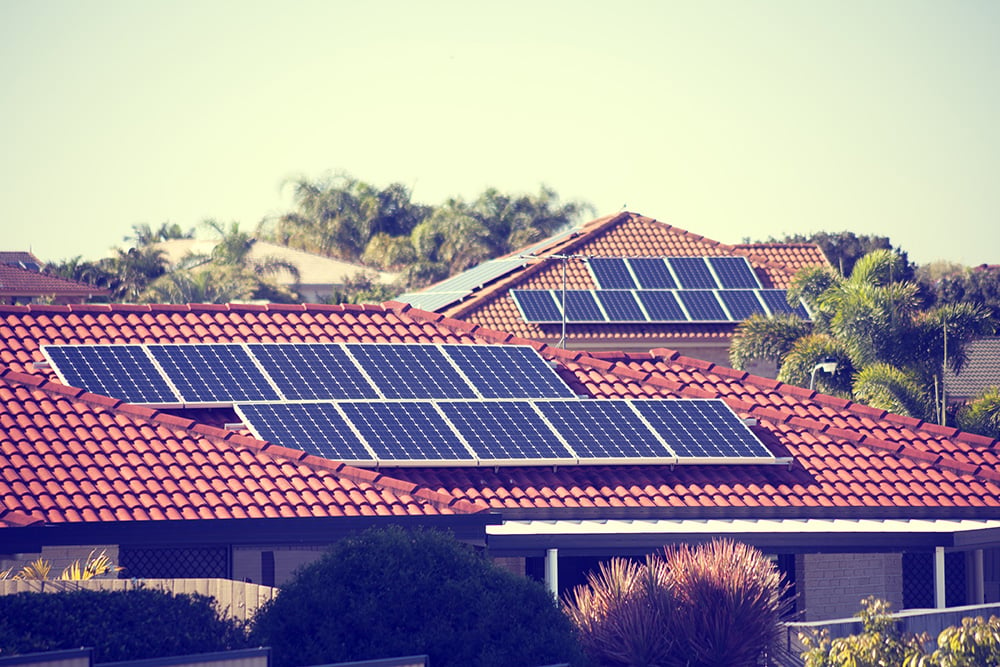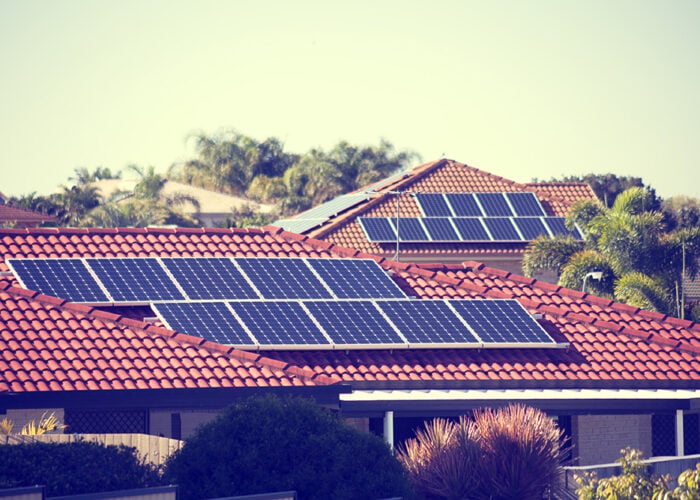
Rooftop PV is set to be the fastest-growing form of new capacity in Western Australia (WA), with renewable energy forecast to reach a minimum of 70% generation capacity by 2040, a new roadmap for the state reveals.
Called the Whole of System Plan, the blueprint provides a 20-year outlook on the future of WA’s main electricity network, the South West Interconnected System (SWIS), through four scenarios.
Unlock unlimited access for 12 whole months of distinctive global analysis
Photovoltaics International is now included.
- Regular insight and analysis of the industry’s biggest developments
- In-depth interviews with the industry’s leading figures
- Unlimited digital access to the PV Tech Power journal catalogue
- Unlimited digital access to the Photovoltaics International journal catalogue
- Access to more than 1,000 technical papers
- Discounts on Solar Media’s portfolio of events, in-person and virtual
The modelling forecasts renewable generation to triple by 2040 as rooftop PV continues to displace coal as well as large-scale solar, while battery storage is increasingly deployed to help stabilise the system. Coal-fired generation declines under all paths, and partially exits the market in the mid-2020s in the low demand growth scenarios.
“It's the most comprehensive modelling study ever undertaken into the future of WA's electricity system and it will support our transition to low-cost electricity,” said WA energy minister Bill Johnston. “Our state is embracing renewable generation, with one in three households having rooftop solar panels, this signifies that battery storage will play an important role in our future.”
While 1,291MW of rooftop PV is assumed to be in the SWIS in 2020, this is expected to increase to between 2,258 MW and 5,037 MW by 2030. The report says there are two reasons why rooftop PV will feature prominently: there is no market cost attributed to installing new capacity and surplus energy produced by systems spills out into the network throughout the day, meaning it is effectively dispatched ahead of all other capacity and displaces large-scale generation.
Under all scenarios, a common theme is that the volume and density of rooftop PV in the grid provides an opportunity for large numbers of individual systems to be aggregated and coordinated to provide energy and essential system services.
The expansion of rooftop PV will result in displacement for both coal and solar. Indeed, two of the paths foresee no additional large-scale solar, while the other two predict new developments only where there is lower rooftop PV relative to overall demand.
Under all four scenarios, wind generation is the preferred form of large-scale capacity, ranging from an additional 60GW to 3,002MW by 2030, while new storage capacity is expected to be between 187MW and 2,235MW.
The expansion of distributed energy resources (DER) such as rooftop PV and battery storage was also included in the Australia Energy Market Operator’s (AEMO) recent Integrated System Plan, which says output from DERs could treble to 22% of Australia’s total consumption by 2040.
AEMO provided input for Western Australia’s Whole of System Plan. Its CEO, Audrey Zibelman, said: “WA’s energy system continues to rapidly transform as investment increases in rooftop solar and household devices that store energy, including batteries. Care must be taken now to manage this transition towards a more decarbonised, decentralised and digitalised power system.”







